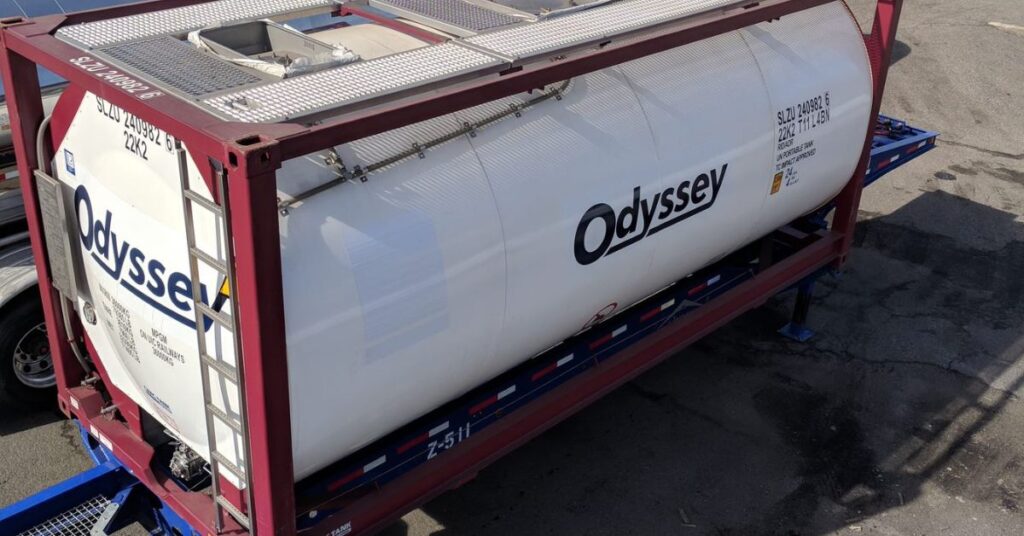To improve supply chain operations and reduce costs, organizations today need full visibility into their supply chains. Still, most companies keep supply chain data siloed in disparate locations and spreadsheets — making it difficult to uncover opportunities to improve.
The Logistics Bureau reports that 69% of organizations don’t have full visibility of their supply chains. They also report that organizations with optimal supply chains have 15% lower supply chain costs, less than 50% inventory holdings, and cash-to-cash cycles at least three-times faster than those not focused on supply chain optimization. This is where network optimization comes in.
- Network optimization provides visibility. A network optimization study streamlines the collection of an organization’s supply chain data by creating a “digital twin.” The digital twin replicates relevant supply chain data to enable a granular view of all its critical data elements such as locations, volumes, origins, materials, SKUs, product weight, and transportation and throughput costs.
- Aggregated data delivers eye-opening insights. Once all of the supply chain data is aggregated into the digital twin, organizations can use this granularity to identify their true total cost to serve. Their supply chain managers can see lanes and flows in real time, enabling them to fully understand what’s going on in their business.
- Visibility leads to action. Having supply chain data in a digital twin is the first step. But organizations need to take action based on that data to uncover its true value. The next step in a network optimization study is modeling. Once the data is consolidated in the digital twin, the modeling outputs are then input into sophisticated business intelligence (BI) tools to create a visual, digital representation of improvements that can be targeted.
With these digital models, organizations can determine and compare trade-offs of potential changes to their supply chain network. They can quickly separate opportunities for measurable improvement from initiatives that won’t provide gains — or worse, might cause losses. Visualization tools make it easy to select scenarios, view possible strategies and calculate outcomes.
For example, a global manufacturer recently embarked on a network optimization study to find opportunities to improve its supply chain operations and reduce costs. The manufacturer was spending more than $1 billion annually on shipping, delivering 12,000 different types of materials to 19,000 customers across six continents, and operating more than 200 facilities across the globe. Through a network optimization study, the manufacturer learned that much of its annual shipment spend was being wasted. Global inefficiencies could be seen in plain view, as well as clear opportunities to correct them and optimize supply chain operations. In the end, the manufacturer discovered $60 million in savings.
Outlook
A network optimization study can help organizations drive performance and improve bottom-line results if they’re ready and willing to make changes to their operations. Supply chain visibility alone isn’t enough: An organization needs to be prepared to use data-based insights for meaningful action.
Original article published in SupplyChainBrain. Click here for the original article.









